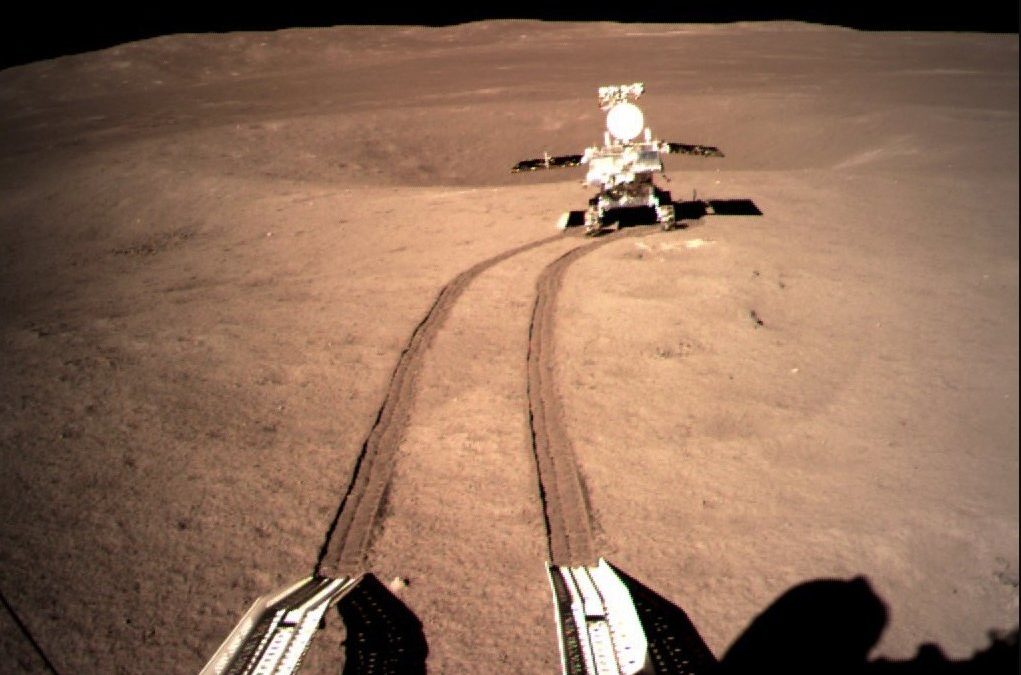Since January, China’s Chang’e-4 mission – an orbiter and a rover – has been exploring the far side of the Moon, particularly the prized South Pole-Aitken Basin, an asteroid impact crater that stretches across nearly a quarter of the Moon’s surface. It’s the biggest crater on the Moon, as well as the deepest and the oldest. That’s long left scientists suspecting that Aitken may hold vital clues as to how the Moon – and many other solar system bodies – evolved.
Now, the Chang’e-4 mission’s Yutu-2 rover, which is still driving across Aitken Basin, has finally discovered Moon dirt that researchers think originated deep underground in the Moon’s mantle, underneath the lighter surface material. Meteor impacts into Aitken Basin’s already-thin crust may have excavated this material, which is markedly different from the surface rocks and regolith most lunar missions have studied. And by examining those minerals, scientists say they now have a better idea of how our Moon formed and evolved.
Meteor Miners
The Moon formed early in our solar system’s history when Earth smashed into a Mars-sized planet called Theia. And like many large solar system bodies, researchers think that when the Moon was very young, it was covered with a magma ocean. As the Moon cooled, the heavier materials sank toward the lunar core, while the lighter material floated to the top, where they were preserved as the lunar surface we see today. In between these is a medium layer called the mantle. And unlike the Earth, with its volcanoes and plate tectonics and deep ocean rifts, the Moon hasn’t reshuffled its layers very much. So the only way to bring the heavier materials to the surface is likely through meteor impacts that hit hard enough to break through the surface layers to the deeper mantle underneath – especially millions or billions of years ago when that lower layer was still molten.
